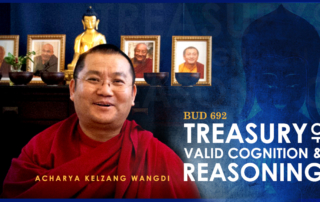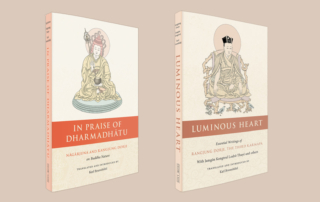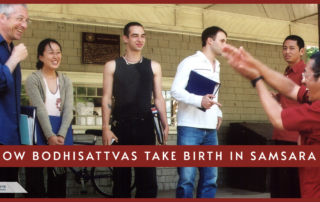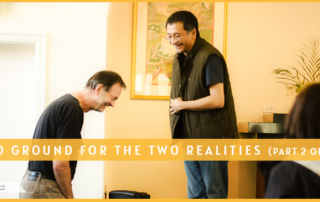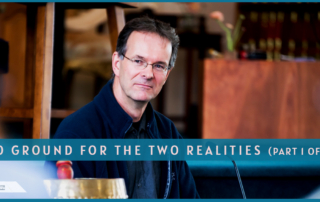BUD 692 Treasury of Valid Cognition and Reasoning
BUD 692 Treasury of Valid Cognition and Reasoning Faculty: {!{types field='faculty' style='text'}!}{!{/types}!} Course Description: This course is the continuation (Chapter 4) of an in-depth study of Treasury of Valid Cognition and Reasoning, (tshad ma rigs gter) by renowned scholar Sakya Pandita (1182-1251) – an influential work that inaugurated a new period of pramana studies in Tibet by focusing particularly on Dharmakirti’s Pramanavarttika and identifying the errors of earlier Tibetan scholars, especially Chapa Chökyi Senge. We will study Sakya Pandita’s seminal work on the basis of the commentary by Jamyang Loter Wangpo (1847-1914). About Sakya Pandita Sakya Paṇḍita (1182–1251) is one of the great scholars of
